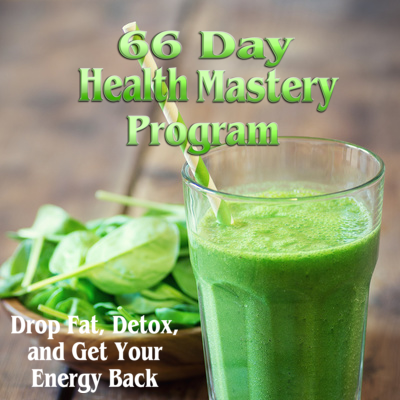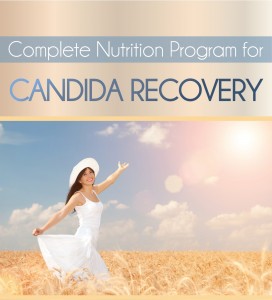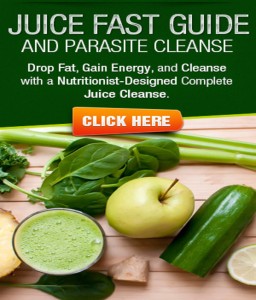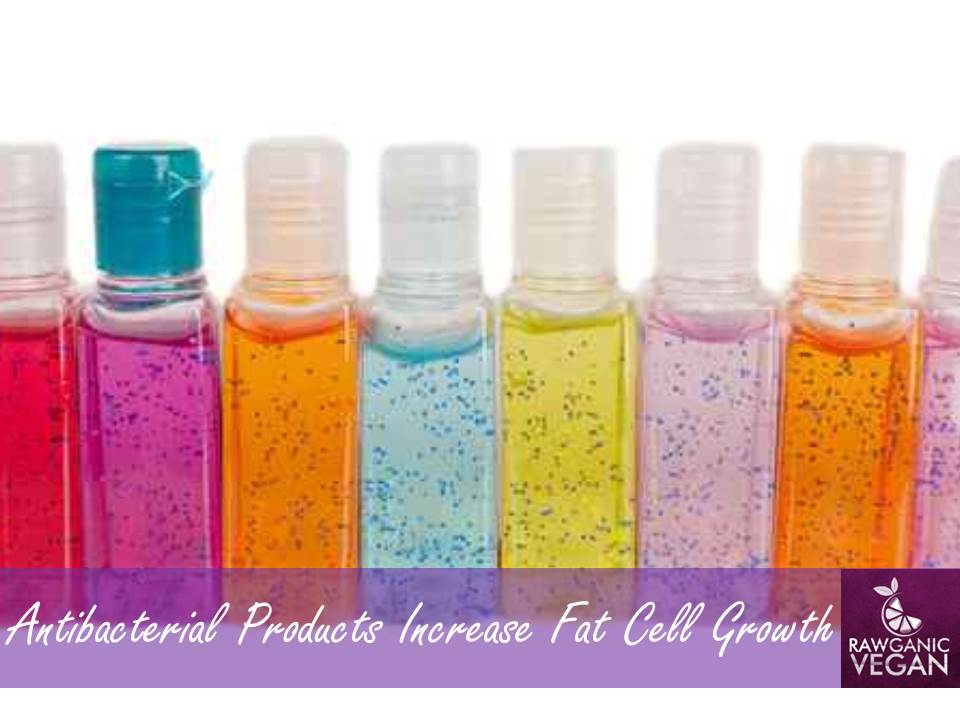I get asked often about nutritional yeast: what is it, do I need it, why should I use it, how should I use it and what brand should I use. Let’s start with the basics for those who aren’t aware of what it is. Nutritional yeast is a deactivated yeast that is sold as a food product and marketed primarily to plant based eaters. Nutritional yeast is made from a single-celled organism called Saccharomyces Cerevisiae, cultivated on molasses, and then harvested, washed, and dried using heat processing to deactivate it. You can find nutritional yeast in individual containers or in the bulk bins of your local health food store.
Nutritional yeast is a complete protein, with my personal favorite brand having 9 grams of protein per two tablespoons. It is also low in fat and sodium, and is free of sugar and gluten.
How Should I Use It?
Nutritional yeast is often used by vegans as an alternative to dairy products. It imparts somewhat of a cheesy flavor to foods which can help if you are trying to make a vegan meal that has a cheesy flavor and you don’t have time to make a nut cheese (or don’t want the added fat).
Here are my favorite ways to use nutritional yeast:
- In Bean or Pasta Dishes
Nutritional Yeast adds such a delicious cheesy-creamy flavor to any sauce you are making. I love to add some nutritional yeast with almond milk, some pureed steamed cauliflower, spices and a bit of Himalayan salt for a really quick cream-type sauce for bean, veggie and rice pasta dishes. My kids love “monk bowls” where we have a bean – a green – and a grain like brown rice, brown rice pasta, quinoa (not technically a grain) or quinoa pasta, organic corn polenta, or a potato as the base. Then, topped with a different sauce each time. Nutritional yeast works perfect for my White Bean Squash dish with cheesy sauce.
- On Salads
Nutritional yeast is perfect just sprinkled on top of salads, or to make creamy salad dressings. Again, its unique flavor profile lend itself well to raw vegan caesar dressings, “green goddess” type dressings and many more. Try my Caesar salad with Maple Garlic Roasted Chickpeas.
- In Soups
I love to add nutritional yeast to soups after they are cooked, and sometimes during the cooking process. It depends. If it is a tomato based soup, I will add the nutritional yeast after the soup is cooked. Tomato overpowers the subtle flavors of the yeast and it seems like kind of a waste to me to add it during the cooking process. But with green vegetable based soups, I love to add nutritional yeast mixed with a small amount of soaked cashews to create a strong cream base and add it to the pot towards the end of the cooking process.
- In Raw Cheeses
I am a huge fan of raw cheeses. They always add such a delicious depth to salads and other raw vegan dishes. The best part is that a little goes a LONG way so you don’t need to overdo it on the fat. Raw cheeses also always impress your non-vegan friends and help them understand that you don’t need toxic, casein-filled cancer-promoting dairy to satisfy the desire for cheese. Try my Macadamia Nut Feta Cheese! It is so easy I know you will love it.
- On Popcorn
I’m not a huge popcorn fan, but my husband and kids like to snack on organic heirloom popcorn hot out of our air popper every once in a while. They don’t do it often because popcorn (regardless of how it is cooked) contains high levels of acrylamides which are directly linked to increased cancer risk. But for the occasional treat during our weekly movie nights, they will have popcorn drizzled with a teaspoon of hemp oil and some nutritional yeast. It’s delicious if you like popcorn, and the oil is a great way to get the Omega 3’s into your kids and also helps the yeast stick. I’ve tried it without the oil and the yeast seems to just settle on the bottom of the bowl.
Which Brand Should I Buy?
Most nutritional yeast on the market, including brands like Braggs are fortified with synthetic folic acid and B12. I highly discourage you from using those brands. Synthetic folic acid found in supplements is chemically different from natural folate found in foods such as green vegetables, beans and other plant foods. Folate is incredibly important for women of childbearing age. Deficiency of folate in the first trimester is linked to neurological defects in the unborn child. However synthetic folic acid (whether in multivitamins or nutritional yeast) increases the risk of breast cancer in women by 25-35% and also increases the risk of prostate and colorectal cancers. (See below)
Personally, I use and recommend Dr. Fuhrman’s brand of Nutritional Yeast as it is non-fortified. He often writes about the dangers of synthetic folic acid and thus has opted to offer un-fortified nutritional yeast.
Vegan bloggers will often cite nutritional yeast as a good source of B12. It’s not. It only contains B12 it if is fortified, and the B12 that it is fortified with is cyanocobalamin which is not readily absorbed by the body. Cyanocobalamin is also bound to toxic cyanide molecules which over time can damage the liver.
SEE:
Gong Z, Ambrosone CB, McCann SE, et al: Associations of dietary folate, Vitamins B6 and B12 and methionine intake with risk of breast cancer among African American and European American women. Int J Cancer 2014;134:1422-1435.
Zhang YF, Shi WW, Gao HF, et al: Folate intake and the risk of breast cancer: a dose-response meta-analysis of prospective studies. PLoS One 2014;9:e100044.
Figueiredo JC, Grau MV, Haile RW, et al: Folic acid and risk of prostate cancer: results from a randomized clinical trial. J Natl Cancer Inst 2009;101:432-435.
Fife J, Raniga S, Hider PN, et al: Folic Acid Supplementation and Colorectal Cancer Risk; A Meta-analysis. Colorectal Dis 2009.
Wien TN, Pike E, Wisloff T, et al: Cancer risk with folic acid supplements: a systematic review and meta-analysis. BMJ Open 2012;2:e000653.

